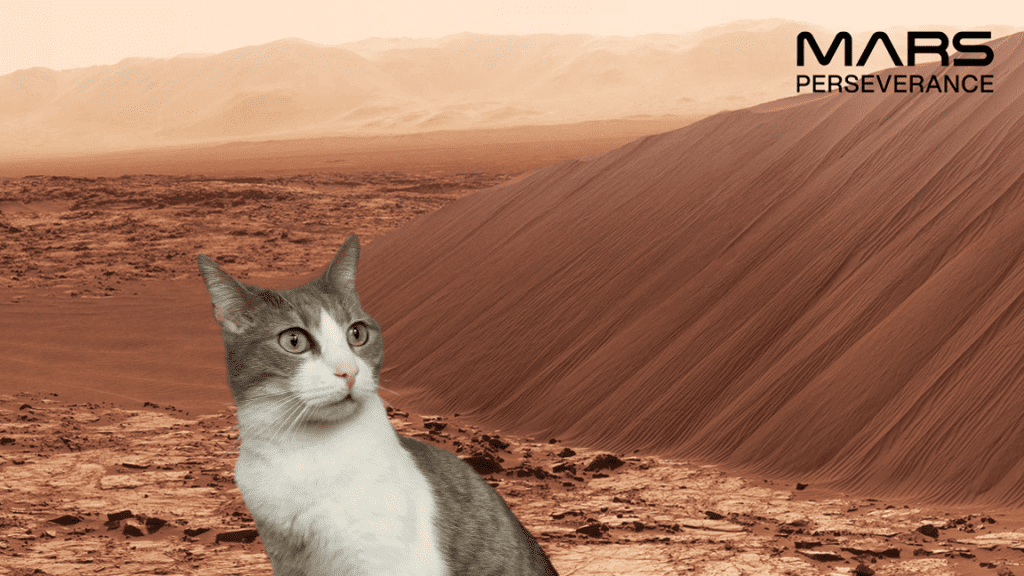NASA’s Perseverance Rover has safely landed on Mars and it’s already marking several important milestones, including the first flight on a different planet and the first time oxygen has been extracted from Mars. But while NASA can’t take us to Mars (yet), it can at least put our image there.
The space agency released a new frame you can use to upload your existing photos and have your image transported to Mars.

You don’t need to have any technical skills for it. You just upload your photo (preferably a silhouette, well contrasted photo), and NASA’s algorithm does the rest.
There are several frames you can use, both from Mars and inside NASA’s headquarters.
NASA originally rolled out its suite of Perseverance-themed online goodies last summer, but the feature got a recent surge of attention after the Rover landed on Mars.
Of course, some took advantage of it to produce memes, and it’s hard to disapprove of the results.

It’s not just humans — NASA encourages users to post photos of themselves and their dogs. But we had different ideas: we tried it with one of our ZME Science cats. This may or may not have led to a bit of cat spam in our chat group.
(It totally did.)


Ultimately, it’s a fun toy to play with, and a great way to celebrate Perseverance’s achievements.
The jeep-sized rover weighing 2,260 pounds (just over a ton) will look for signs of microbial life on the Red Planet, exploring the planet’s geology, former climate, and potential biology.
Have any photos you’d like to share? Drop them off in the comment section!
The frame can be accessed for free here.
Was this helpful?



